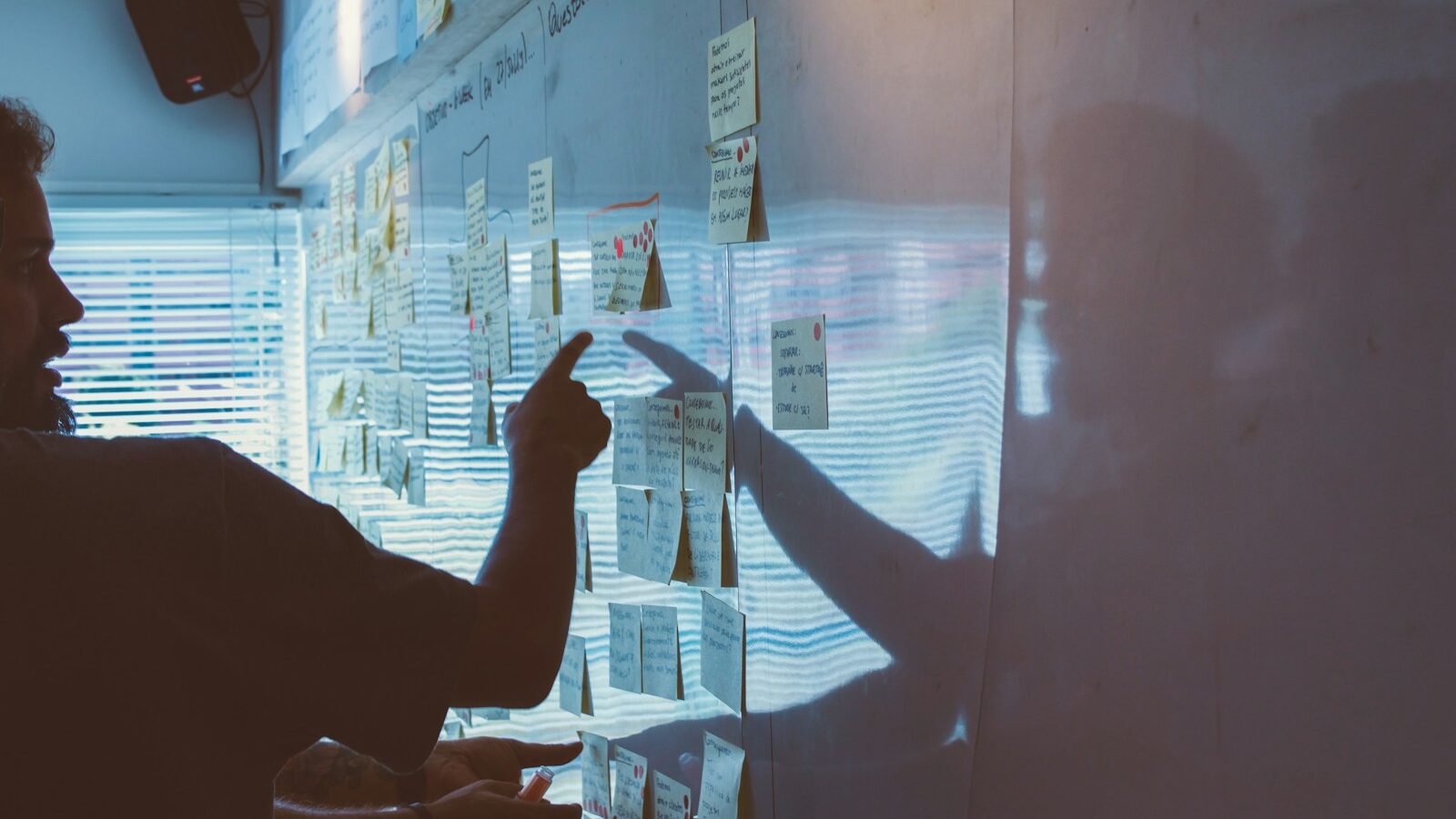Many people look at the complete set of role definitions in PRINCE2 and make the mistake of thinking that a role is equal to a person. How could their project possibly fund this many people? But one of the core strengths of the PRINCE2 methodology is its scalability – and nowhere is this more in evidence than in its role definitions.
Essentially, the roles are clusters of activities, not job descriptions for individuals. Roles can be combined, with one person taking on several of them. The key point is that the responsibilities within each role are covered because they are key to the successful delivery of the project.
Roles must fit into a structure that makes sense. In PRINCE2, roles fit into a corporate or organisational structure. This has four levels:
- Corporate Management
- Project Board
- Project Manager
- Project Team
- Corporate Management
At the corporate management level, you’ll find the project’s sponsors. They will have set the high level parameters for the project. The project mandate will state what the project is doing, and why. The tolerances will frame the budget and any possible over or underspends. At the corporate level, the sponsors will also be providing the “touch on the tiller” if the project needs steering back in the right strategic direction in order to fulfil its brief.
Project Board
The Project Board is often where a lot of the discussions, engagement building, stakeholder management and corporate liaison is taking place. Of course, the Board also has more formal governance duties, such as responding to exception reports where tolerances on time or budget look as though they could be breached. But the Board is in many ways the nexus of the project and a good Board can steer the project through any challenges and risks that need to be addressed.
Project Manager
The project management level is essentially dependent on the Project Manager. Theirs is probably the most detailed and demanding individual role. Not only must they oversee the plan, stages, structure and resource usage for the project, but they must also ensure that work packages are fully defined and that the team is producing work to the required quality level.
They have to report progress and tolerance breaches, ensure that change and risk logs are being run correctly and that the communication and engagement aspects are not being neglected. And importantly, they need to make sure that the board is fully briefed, and that the board’s decisions are transmitted to the project team.
This is undoubtedly the most pressurised role in a project and it’s not one that can be shared or delegated. However, the use of the PRINCE2 methodology means that the other project roles are clearly defined, as are the processes, products, governance and management structures. This takes away a lot of stress that is inherent in projects without formal methods, where turf wars, blaming, misunderstandings and role conflicts can make project management a difficult – and sometimes impossible – task.
Project Team
PRINCE2 project managers operate in a structured environment with a shared understanding across the project team. This ensures that people understand their roles and who they report to. It tends to make for a more productive and calmer project team. It’s stressful for team members, such as developers, to have specifications that change constantly, or to work with poor boundaries where they don’t have a clear idea as to what products they are actually responsible for delivering. Another common complaint, is not having a precise specification for the piece of work upon which they are actually engaged.
Using PRINCE2 project management methodology resolves a lot of these stresses and tends to lead to teams that have greater certainty as to what is required of them. Contractors and consultants who are brought onto projects using PRINCE2 will usually be selected because they’re qualified in the method. So the whole team sets off with a higher degree of alignment about the way the project will work.
Stakeholder Management
This activity often takes place at each level of the project. At the corporate management level, the stakeholders may be other directors, the public, customers, other businesses or organisations, or strategic partners.
At the board level, stakeholders such as the senior user and senior supplier will have a voice. Staff representatives may be invited to be present at selected board meetings, to build staff engagement. The communication effort may involve co-opting in-house or external PR consultants.
But it’s the Project Manager who ends up balancing a lot of the stakeholder interests on the project. It’s very apparent to most managers that the stakeholders can make or break the project in terms of its ultimate success. Luckily, the project brief and mandate are always there as backup, defining what the project is doing, why and how.
Many people look at the complete set of role definitions in PRINCE2 and make the mistake of thinking that a role is equal to a person. How could their project possibly fund this many people? But one of the core strengths of the PRINCE2 methodology is its scalability - and nowhere is this more in evidence than in its role definitions.
Essentially, the roles are clusters of activities, not job descriptions for individuals. Roles can be combined, with one person taking on several of them. The key point is that the responsibilities within each role are covered because they are key to the successful delivery of the project.
Roles must fit into a structure that makes sense. In PRINCE2, roles fit into a corporate or organisational structure. This has four levels:
- Corporate Management
- Project Board
- Project Manager
- Project Team
- Corporate Management
At the corporate management level, you’ll find the project’s sponsors. They will have set the high level parameters for the project. The project mandate will state what the project is doing, and why. The tolerances will frame the budget and any possible over or underspends. At the corporate level, the sponsors will also be providing the “touch on the tiller” if the project needs steering back in the right strategic direction in order to fulfil its brief.
Project Board
The Project Board is often where a lot of the discussions, engagement building, stakeholder management and corporate liaison is taking place. Of course, the Board also has more formal governance duties, such as responding to exception reports where tolerances on time or budget look as though they could be breached. But the Board is in many ways the nexus of the project and a good Board can steer the project through any challenges and risks that need to be addressed.
Project Manager
The project management level is essentially dependent on the Project Manager. Theirs is probably the most detailed and demanding individual role. Not only must they oversee the plan, stages, structure and resource usage for the project, but they must also ensure that work packages are fully defined and that the team is producing work to the required quality level.
They have to report progress and tolerance breaches, ensure that change and risk logs are being run correctly and that the communication and engagement aspects are not being neglected. And importantly, they need to make sure that the board is fully briefed, and that the board’s decisions are transmitted to the project team.
This is undoubtedly the most pressurised role in a project and it’s not one that can be shared or delegated. However, the use of the PRINCE2 methodology means that the other project roles are clearly defined, as are the processes, products, governance and management structures. This takes away a lot of stress that is inherent in projects without formal methods, where turf wars, blaming, misunderstandings and role conflicts can make project management a difficult - and sometimes impossible - task.
Project Team
PRINCE2 project managers operate in a structured environment with a shared understanding across the project team. This ensures that people understand their roles and who they report to. It tends to make for a more productive and calmer project team. It’s stressful for team members, such as developers, to have specifications that change constantly, or to work with poor boundaries where they don’t have a clear idea as to what products they are actually responsible for delivering. Another common complaint, is not having a precise specification for the piece of work upon which they are actually engaged.
Using PRINCE2 project management methodology resolves a lot of these stresses and tends to lead to teams that have greater certainty as to what is required of them. Contractors and consultants who are brought onto projects using PRINCE2 will usually be selected because they’re qualified in the method. So the whole team sets off with a higher degree of alignment about the way the project will work.
Stakeholder Management
This activity often takes place at each level of the project. At the corporate management level, the stakeholders may be other directors, the public, customers, other businesses or organisations, or strategic partners.
At the board level, stakeholders such as the senior user and senior supplier will have a voice. Staff representatives may be invited to be present at selected board meetings, to build staff engagement. The communication effort may involve co-opting in-house or external PR consultants.
But it’s the Project Manager who ends up balancing a lot of the stakeholder interests on the project. It’s very apparent to most managers that the stakeholders can make or break the project in terms of its ultimate success. Luckily, the project brief and mandate are always there as backup, defining what the project is doing, why and how.








